Who better to write music for cello than cellists themselves? Ben Michaels writes about commissioning six solo cello pieces by cellists, which he will premiere on 21 January 2025
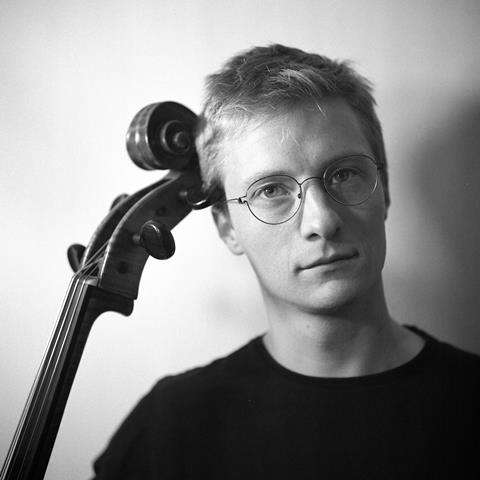
Discover more Featured Stories like this in The Strad Playing Hub
While studying, I became devoted to and fascinated by Efeu, a solo piece written by cellist Thomas Demenga for the 2010 Feuermann competition. Learning the piece was a moment of great growth for me. It is full of sounds and textures that I had never heard a cello make before - written in a way only a cellist could have known. The score was remarkably logical and explanatory, almost as if I had had a lesson with the composer himself, where he had inspired me with some of his tricks, technique and style.
I went searching for more cello pieces written by cellists, particularly solo. They were all so different. Mstislav Rostropovich’s Moderato and Giovanni Sollima’s Alone, are both somehow distinctly descriptive of the charisma of each cellist. I wondered how old virtuosi and pedagogues might have played; perhaps the way Piatti imagined 12 Caprices might give something away of his technique and musical personality. It seemed to me that cellists composing for solo cello inevitably communicated not only some of themselves but also their relationship to their instrument in their music - these messages especially evident to other cellists, who spoke the same language.
Since leaving the conformity of conservatoire, these solo pieces written by cellists have become a retreat for me. Each presents significant technical challenges, and celebrates the original voices and techniques of different composer-cellists. They continue to show me the endless possibilities of the cello and provoke me to clarify and value my own voice.
I am lucky to know many inspiring cellists who perform their own music, many of whom had never written anything down for another cellist to play alone. So, I persuaded several to write something of themselves for me. A request with little brief, just a short piece for solo cello. This project - for cello, by cellists - is the result.
It seemed to me that cellists composing for solo cello inevitably communicated not only some of themselves but also their relationship to their instrument in their music
Zoë Martlew - an undefinable performer, cellist and composer - was the first to agree to write me a piece. I was thrilled when she presented me with Inila, a piece exploring the shimmering silence she experienced in a forest in Iowa. She uses a prepared cello (with a huge detuned range and clothes pegs on strings) to conjure up all types of quiet air sounds. Often written on three staves, Inila demands the cellist to simultaneously layer percussive effects, breath and prepared instrument, producing completely un-cello-like colours. As unique as Zoë, the persuasive sounds in her music make me wonder what the cello is really best for, and what sound it should produce when played. Zoë once told me she doesn’t care for the term ’extended techniques’; all possible sounds the cello can make should be explored by a cellist.
Ayanna Witter-Johnson - a brilliant cellist, singer and songwriter - wrote Amethyst Sings, an energetic piece that examines the same musical fragment in different ways. She’s best known for her incredible singing with her instrument alone, but at my request has written her first piece for solo cello. Given her charismatic virtuosity on the cello, I was surprised by her musings that for her, the cello represents a secondary, textural, harmonic instrument, there to support her voice. How Ayanna is able to make her cello rhythm section, bass player and harmony is clear from the way she writes. Demi col legno, pizz and ricochet add groove, resonance and texture, all written in an organic way for the cellist to play and move. Fundamentally, Amethyst Sings demonstrates Ayanna’s sincere and inescapably lyrical expression, even when not writing for voice.
Colin Alexander - a fantastic cellist, improviser, composer and good friend - wrote me an ambitious four-movement suite for solo cello - Towards the Flame. The piece, tuned down to colourful scordatura, is almost entirely open strings, harmonics and flickering overtones. The result is a symphonic optical illusion, where notes go up, but the cellist’s hand moves down, and more harmonies appear without any apparent physical change. The piece demonstrates Colin’s total commitment to sound. He writes through improvisation and uses scordatura to get away from his predictive fingers. Instead, he delights in discovering notes and harmonies through his ears. The result is a beautifully clear handwritten score demanding challenging techniques to produce rich colours.
Laura Moody has written me a powerful piece - Mandala. The work is inspired by the eastern religious traditions of Mandalas, intricate and ornate geometric drawings, often in large concentric circles, used for focusing attention and meditation. The piece is an abstract representation of the eye’s journey through one such Mandala drawing. Laura is a brilliant cellist, who learnt to dance before playing, and often works alongside choreographers. Movement is central to the way she experiences and offers music. This is evident in the way she writes in Mandala, where she specifies circular choreographies alone, and demands their necessity through physical production of certain musical motifs. The ease of organic movement in performance, innate to Laura and less so to me, is something I am grateful Mandala has encouraged me to further explore in my own playing.
Kit Downes is better known as a jazz musician who makes ground-shattering improvisations on solo pipe organ and piano. However, cello was a part of his early musical education growing up, and he can still sometimes be heard using one. He explained to me how his familiar, but blurry memory of the cello can help him quickly reach a useful flow state in improvisation. And - how he sometimes still imagines the sound of the cello when playing on keyboard. As such, his take on my brief was appropriately different. He wrote Kasei Valles, a triptych of Bach-style miniatures, infused with quick changing, rich harmonies and soft flowing ideas. Adapted from short single hand piano sketches made whilst injured, they offer a view of his cello memories through the lens of his current musical identity. Unlike our larger, lower cousins on double bass, it’s rare that cellists have an insight into improvised music, including jazz. I am so thankful to Kit to have shared some of his unique voice for me, and others to play.
Jakob Kullberg, a fierce cellist and teacher, wrote me Single the Sky - a fever dream. He has spent his playing career premiering new music and collaborating closely with composers, particularly Per Nørgård and Kaija Saariaho. The piece speaks to his composing heritage. Single the Sky is an arresting train of semi-lucid dreams, based on Jakob’s improvisations to poetry. It occupies an unsettled space filled with breathlessness, imaginatively spelled out with all kinds of bow techniques. The demands of ricochet and string crossing that Jakob makes of the cellist’s bow are significant. They seem to offer insight into how Jakob holds - or indeed doesn’t hold - his. Just as Demenga’s Efeu, Single the Sky seems to have clearly been written by a gifted performing pedagogue. It has left me inspired, and stronger through my work on it.
It’s a thrill to be the first to play these six inspiring pieces. I hope others will soon join me in discovering them too. The project continues and I look forward to recording, collecting more, and perhaps at some point becoming brave enough to learn how to write my own.
There are so many great cellists exploring their own sound, independently and quietly finding original ways of playing. To me, this indicates the cello’s continued solo growth. Violinists might play encores of Paganini, Wieniawski or Ysaye to challenge themselves and enjoy the possibilities of their instrument. Perhaps though, for cello, some of the most celebrated pieces by cellists will come hundreds of years later; from Sollima, Demenga - or Martlew.
Ben Michaels premieres for cello, by cellists at The Amadeus, London, 8pm on 21 January 2025. Tickets and more information can be found here: https://www.tickettailor.com/events/benmichaelscellist/1463178
Read: Cellist Colin Alexander: how I notate improvisations
Read: The healing power of the cello: four adult learners share their stories of overcoming adversity
Discover more Featured Stories like this in The Strad Playing Hub
The number one source for playing and teaching books, guides, CDs, calendars and back issues of the magazine.
In The Best of Technique you’ll discover the top playing tips of the world’s leading string players and teachers. It’s packed full of exercises for students, plus examples from the standard repertoire to show you how to integrate the technique into your playing.
The Strad’s Masterclass series brings together the finest string players with some of the greatest string works ever written. Always one of our most popular sections, Masterclass has been an invaluable aid to aspiring soloists, chamber musicians and string teachers since the 1990s.
The Canada Council of the Arts’ Musical Instrument Bank is 40 years old in 2025. This year’s calendar celebrates some its treasures, including four instruments by Antonio Stradivari and priceless works by Montagnana, Gagliano, Pressenda and David Tecchler.

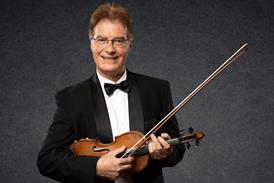
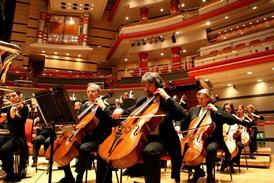
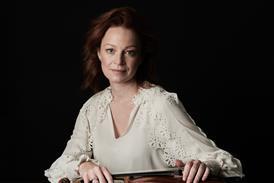
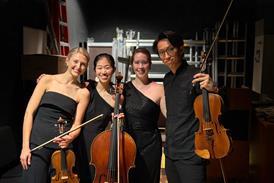
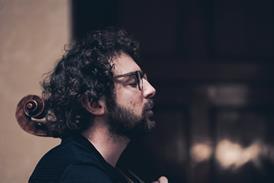
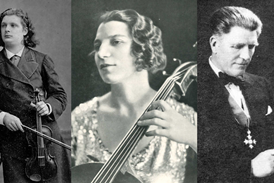


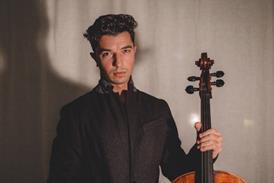
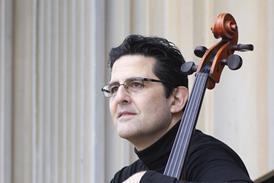
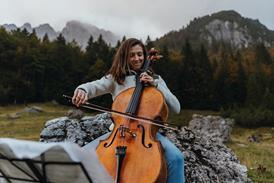
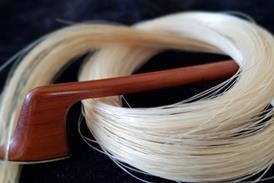
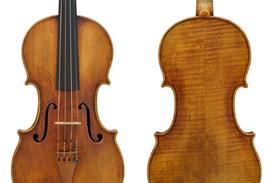
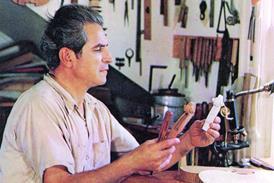

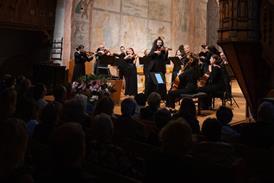

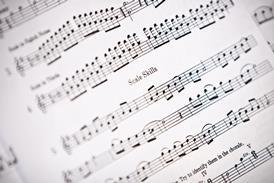
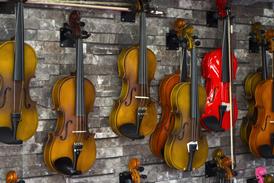

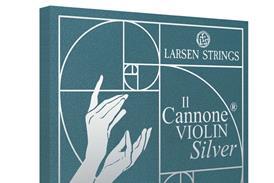
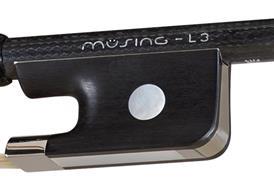
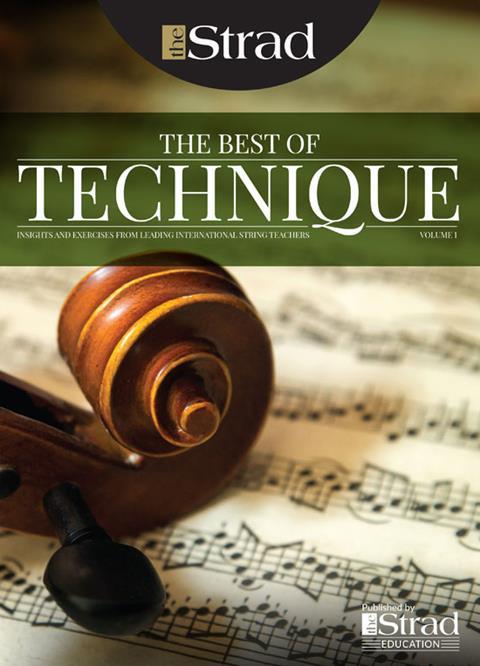
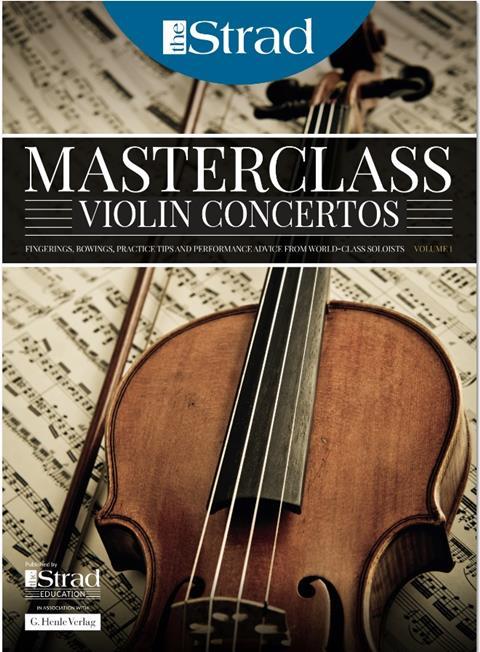
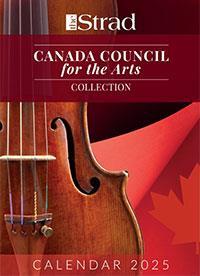


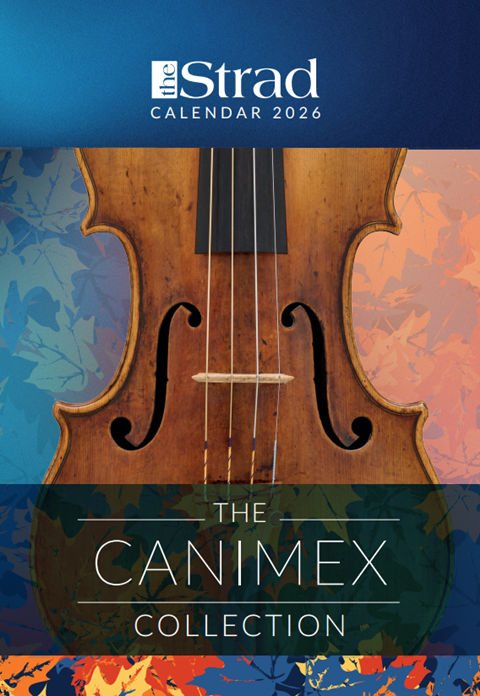
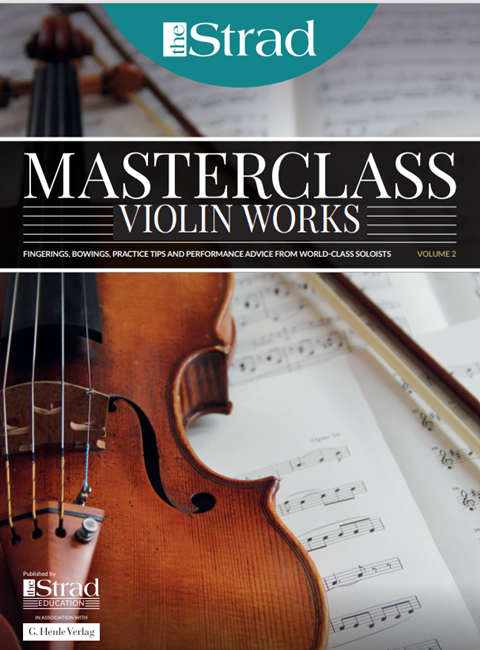
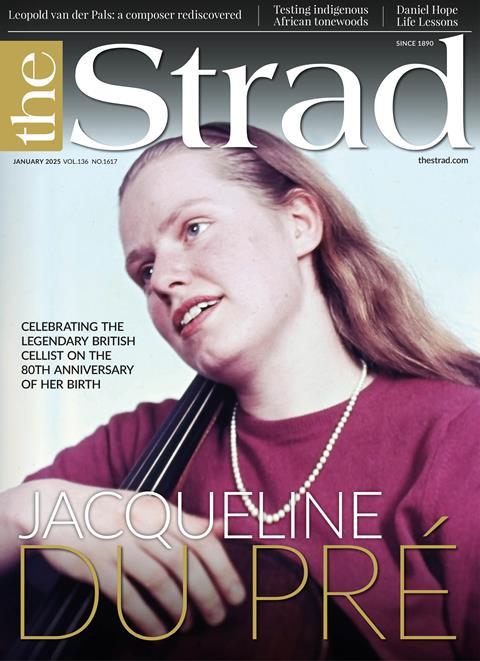
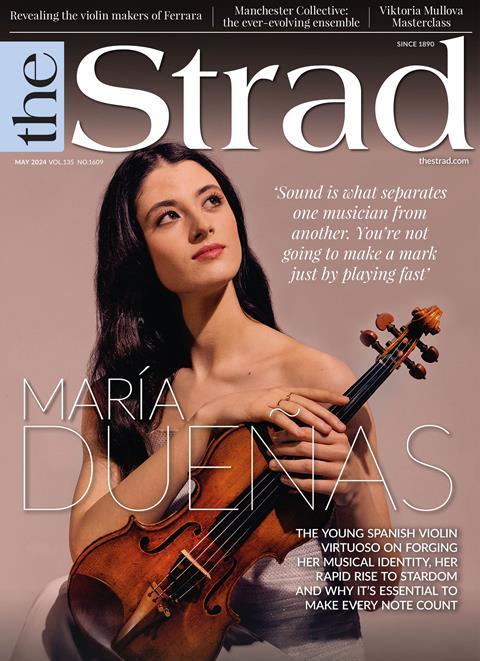
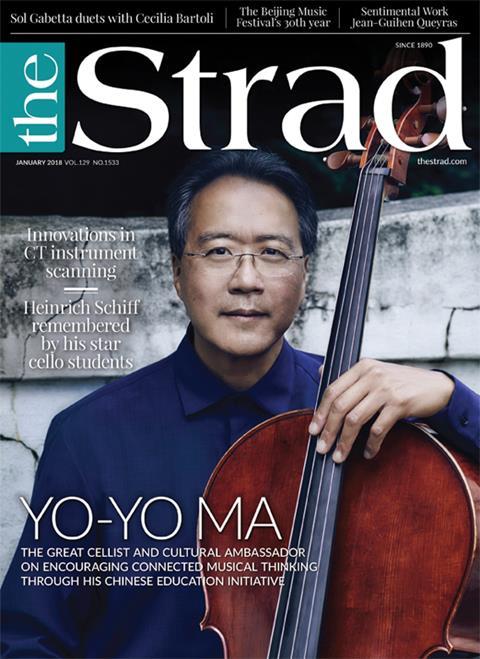












No comments yet